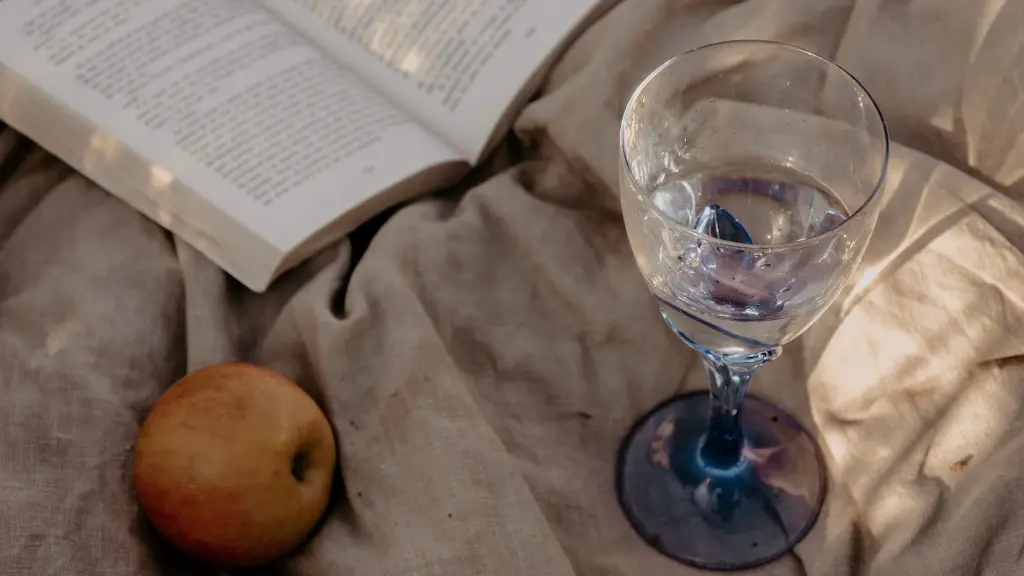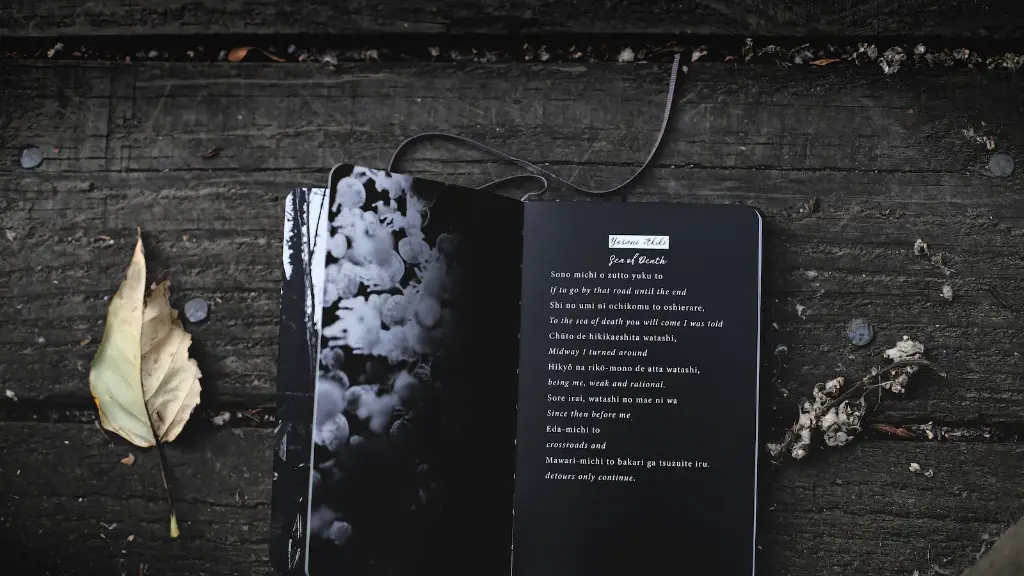Introduction
Poetry is a form of literature used to express ideas, emotions, and tell stories through the use of words and phrases. Poetry has been around for centuries and is still used by many to express their thoughts and feelings. There are two main types of poetry: lyric and narrative. Lyric poetry is a type of poetry that focuses on expressing emotions, thoughts, and feelings through the use of rhyme, rhythm, and other poetic devices. Narrative poetry uses the same poetic devices but focuses more on telling a story with a plot and characters. Both lyric and narrative poetry have their own unique characteristics that make them popular choices for expressing emotion and conveying stories.
Lyric Poetry
Lyric poetry is often thought of as the most commonly recognized form of poetry. It focuses on expressing emotions in the form of verse and is often confessional in nature. Lyric poetry doesn’t follow typical rules or forms; instead, it is written in whatever style the poet finds most appropriate or comfortable. It can be written in long or short lines, with or without rhyme, and can be written in either traditional or free verse forms. Lyric poetry is often described as being very personal and intimate, as it usually contains insights on the poet’s experiences, thoughts, and feelings. Common themes for lyric poetry include love, loss, and identity.
Narrative Poetry
Narrative poetry is often thought of as the more traditional form of poetry. It is used to tell a story, much like a short story or novel, with a plot, characters, and a traditional structure. Narrative poetry is often written using rhyme, rhythm, and other poetic devices, and it can be written in either traditional or free verse forms. Unlike lyric poetry, narrative poetry follows a specific and often predetermined structure, and its focus is less on expressing emotions and more on conveying stories. Common themes for narrative poetry include adventures, myths, and legends.
Differences between Lyric and Narrative Poetry
The main differences between lyric and narrative poetry are their structure and focus. Lyric poetry focuses on expressing emotions, ideas, and feelings, while narrative poetry focuses on telling a story. Lyric poetry often doesn’t follow any set form or structure, while narrative poetry is usually written following a predetermined structure, such as a sonnet or villanelle. Lyric poetry is usually written in the first person and from a personal perspective, while narrative poems are often written from an omniscient, third-person perspective.
Examples of Lyric and Narrative Poetry
One of the most famous examples of lyric poetry is William Wordsworth’s “The Prelude.” This poem is an exploration of the poet’s feelings and experiences, and it is written in free verse. An example of narrative poetry is William Butler Yeats’ “The Wild Swans at Coole.” This poem tells the story of nine swans and the love and sorrow their presence brings to the narrator. It follows a strict rhyming pattern and is written in a traditional, metered form.
Popularity of Lyric and Narrative Poetry
Both lyric and narrative poetry have been popular for centuries and remain so today. Lyric poetry is often thought of as the more popular form of poetry, as it is more personal and intimate. Its focus on expressing emotions makes it an appealing option for many, and its flexible structure allows it to be adapted to fit various situations and contexts. Narrative poetry is also popular as it is seen as more traditional and structured. Its focus on storytelling makes it an attractive option, and its ability to tell longer stories and explore more complex narrative structures makes it appealing to many.
Writing Lyric and Narrative Poetry
Writing poetry, regardless of the type, is an art form that takes practice and patience. Knowing the differences between lyric and narrative poetry and understanding the basics of poetic form can help aspiring poets craft poetry that expresses their ideas, emotions, and stories in an effective and engaging way.
Formal Structures of Lyric and Narrative Poetry
Aside from having different focuses and structures, lyric and narrative poetry also have different formal structures. Lyric poetry does not usually require a specific structure, as it is often written in either traditional or free verse forms. Narrative poetry, on the other hand, often must follow a specific form, such as a sonnet or villanelle. Knowing and understanding these formal structures can help writers create more effective and engaging poetry.
Techniques for Lyric and Narrative Poetry
Using different poetic techniques can help make poetry more engaging and effective. Lyric poetry often relies on devices such as similes, metaphors, and imagery to express feelings and emotions. Narrative poetry, on the other hand, often uses techniques such as repetition, alliteration, and rhyme to help tell stories. Knowing and understanding these poetic techniques can help writers craft better poetry.
Conclusion
Lyric and narrative poetry are two of the most popular forms of poetry, and each has its own unique characteristics and features. Lyric poetry focuses on expressing emotions and feelings, while narrative poetry focuses on storytelling. Knowing and understanding the differences between lyric and narrative poetry, as well as the various poetic techniques and forms, can help writers create more effective and engaging poetry.


